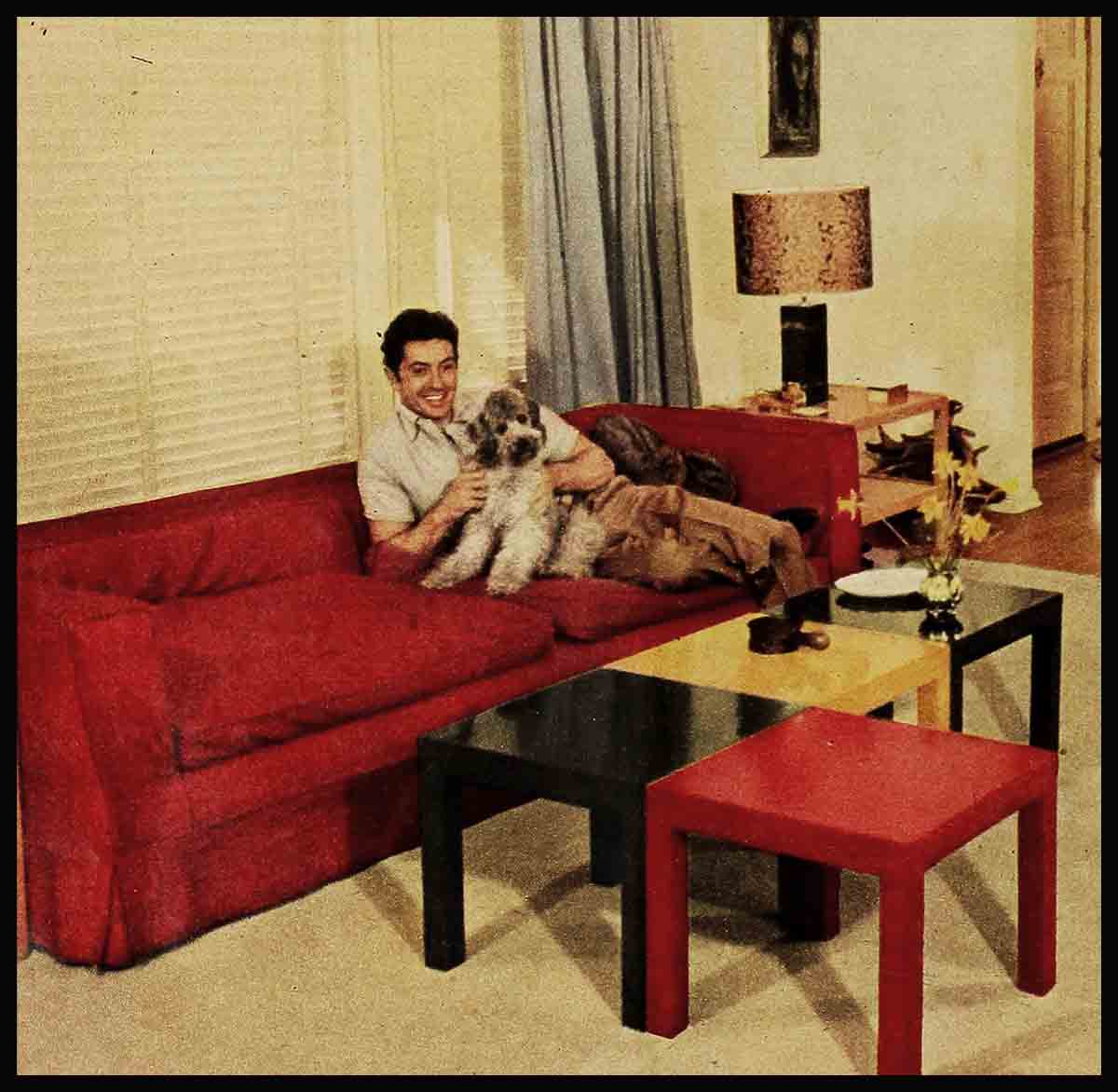
Farley Granger’s Design For Living
Only the reckless and the foolhardy fight with the U.S. Customs men. Wise men usually dig into their jeans, come up with cash.
Not too long ago, however, a tall, wavy-haired young actor named Farley Granger—he is neither reckless nor foolhardy—stood under the letter “G” in the Customs shed, raging at three revenue officers.
The Customs men were examining Farley’s latest imports, three large paintings, a mosaic from Italy, an African carving, two Japanese actors’ masks, a Polynesian fish net, and an enormous grain basket.
“I’m telling you,” Farley insisted, trying to control his not inconsiderable temper, “the Guirin is the only original painting. I paid 200 American dollars for it. The other two aren’t paintings. They’re prints. They cost 25 bucks each.” I’m patiently he reached into his breast pocket. “Here’s the bill of sale.”
The Customs men glanced at the big superficially. “These others look like originals to me,” one said, “they’re signed.” “I know, I know,” Farley admitted, “only they’re not originals. They’re gelotone reprints.”
The Customs man scratched his head. “Jello reprints?”
“No,” Farley repeated, “Gelotone. It’s a new reproduction process. Only a few prints are run off at each printing and the artists sign them. Look, I have a dealer’s bill of sale.”
The revenue officer grinned. “Those French art dealers,” he said, “will give an American movie star any kind of bill of sale he wants.”
“For Pete’s sake,” Farley groaned. “Call the Whitney Museum of Art. Call the Metropolitan. They’ll back me up about these gelotones.”
“Maybe they will,” the Customs man persisted, paintings are what you say they are? You better leave ’em with us.”
“Ohmyfoot,” Farley muttered in desperation. “Call somebody and let me get out of here.”
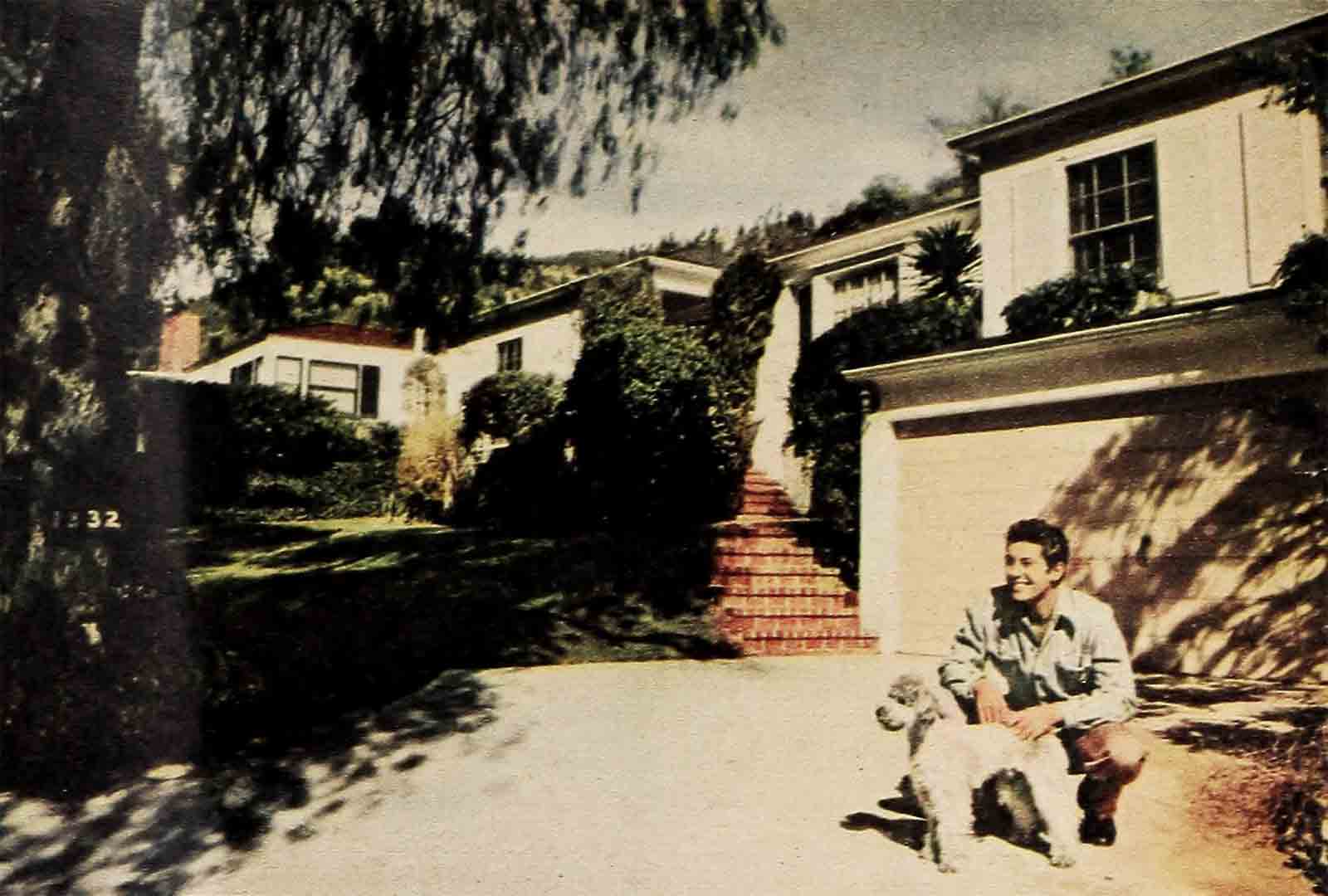
While one of the officials went to see his chief, Farley leaned against a rail and stewed in his own exasperation. His eyes swept the shed for some sympathetic face. No one gave him as much as a half-smile. For a fast second he was tempted to grab up his paintings and make a run for it or just leave them behind and forget all about them, but then suddenly, he took the canvases and turned them on their backs, and there on the rear, in small clear letters were the words, “Rotogravure, deuxieme reproduction.”
Farley called one of the Customs men back. “See,” he said triumphantly, pointing to the stamp, “this proves it. It says this is a reproduction and a second printing.”
The Customs man nodded. “Okay,” he agreed. “Now, about these other purchases. You got receipts for everything?”
“Not everything,” Farley conceded. “Only for the more expensive stuff. The 12 hemp mats I found in a market in Seville. They only cost about a buck. The casseroles come from the same place and cost 30 cents each. That grain bucket I bought at a roadside stand in France. Don’t even remember where. It’s worth a buck and a half tops.”
The official began to look skeptical again. “And the bird cage?”
“From the Paris flower market,” Farley answered with painful honesty. “Less than a buck.”
“No jewelry? No gifts?”
Farley shook his head.
“What you gonna do with all this junk?” the Customs man asked.
“It’s for my house,” Farley said.
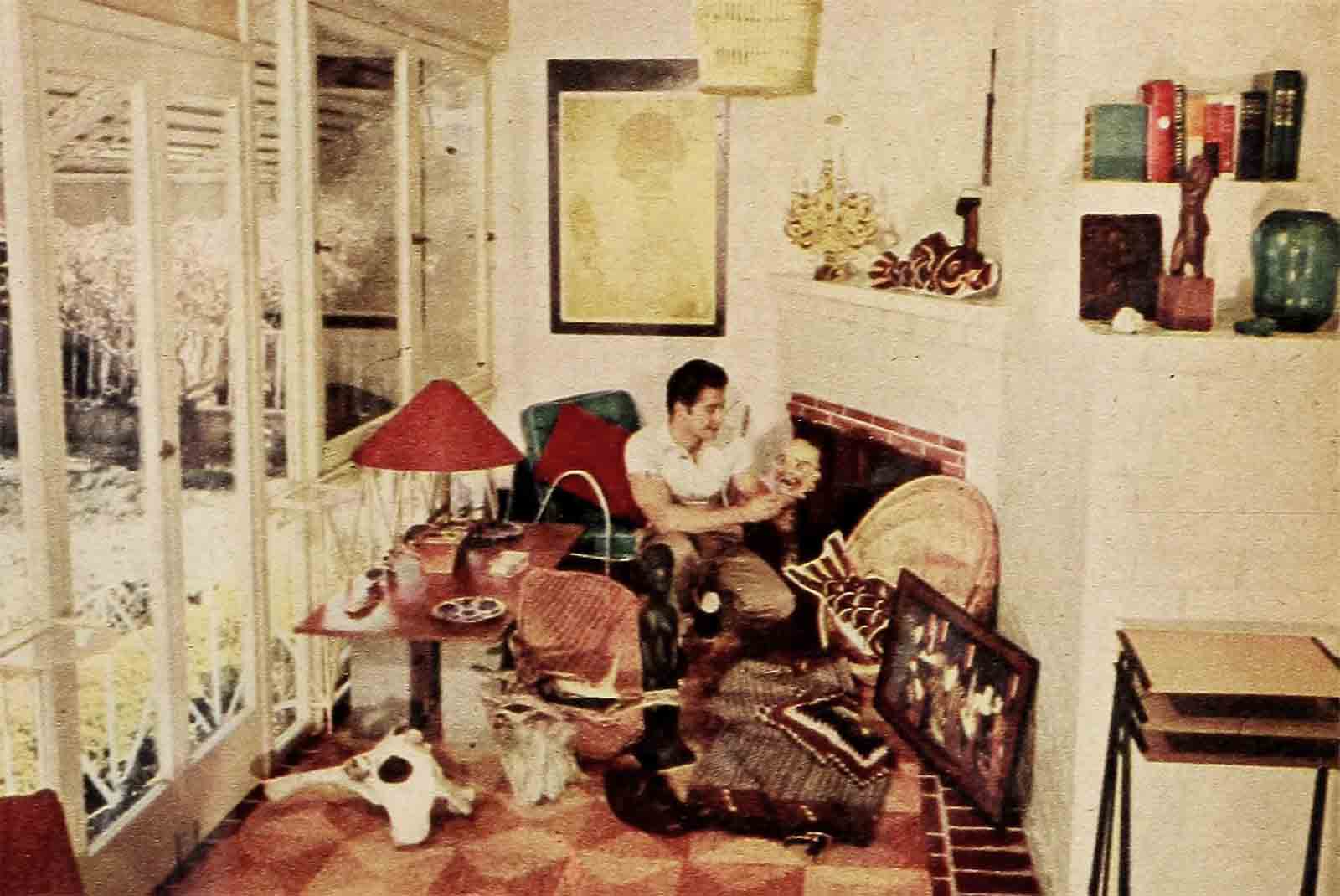
The Customs men looked at each other in mutual acknowledgement of an irrefutable truth. “Actors sure are nuts,” one said to the other. “Imagine this guy flying all that stuff over from Europe. I’ll bet his house looks like a booby hatch.”
Farley’s house looks like anything but. A small, compact, two-bedroom job, it nestles against the side of a canyon and is possibly the most tastefully furnished bachelor’s haven in the entire movie colony.
Farley has learned how to decorate a house the hard way. He’s rented eight different ones in the past six years and very early in the game made practically all of the mistakes.
“As soon as I rented a house,” he admits, “I used to re-paper and re-paint the place, sometimes even add a patio. Then when my lease was up, I was out. Couldn’t take anything with me. Now I’ve learned how to do over a place with accessories.”
Farley doesn’t mind repainting a living room, but he knows the walls can be made exceedingly attractive by adding a few good paintings, a couple of carefully chosen art objects, and a shelf or two of books. Right now he’s on an art kick and is gradually beginning to acquire a fine collection of paintings.
They range from a sketch by Diego Rivera to a half-dozen water colors painted by an MGM technician named Irv Block. “I buy most of my things on trips,” Farley explains, “because that’s when I have more time to roam around art galleries. In my contract with Mr. Goldwyn there’s a clause that gives me 18 weeks off specifically for the purpose of travel.”
Farley’s taken good advantage of that clause. Since 1950 he has been to Mexico, Honolulu, Greece, Israel, France, Germany, Austria, Spain, Switzerland, and Italy. And from all these trips he’s amassed a collection of beautiful glass, pottery, baskets, mats, and dozens of other household articles all of which you’ll find in his house.
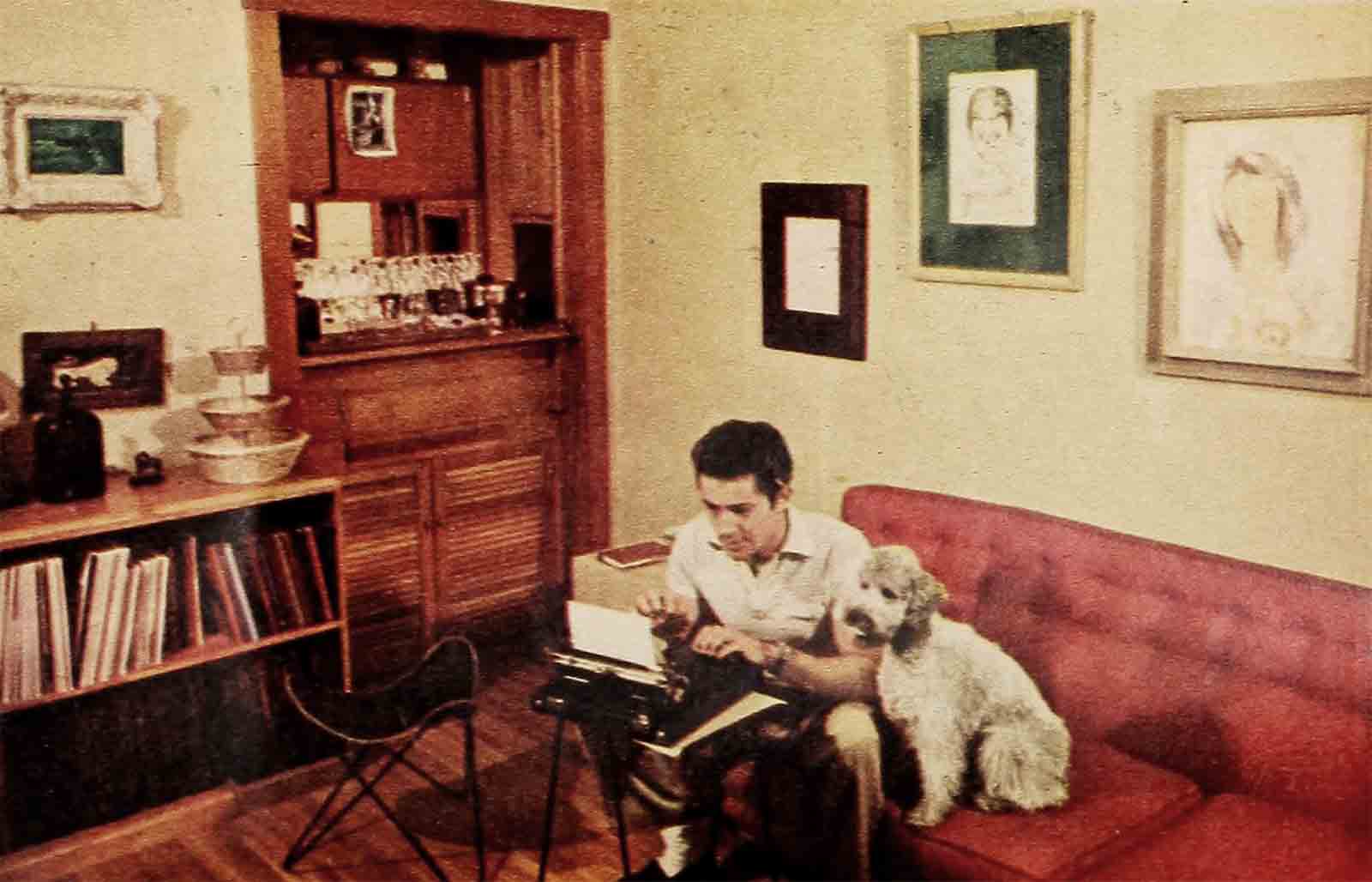
“My folks secretly think I’m crazy to drag all this stuff home,” he admits, “but I really enjoy my foreign furnishings. I think it does a lot for a house.”
The truth is that it does so much for a house that Farley’s bungalow has now become the favorite hangout for the more literate and appreciative of the Hollywood younger set. Farley throws two dinner parties each week—he has a wonderful cook and housekeeper named Arzy Peebles—and at these gatherings six to ten of his favorite friends are usually invited. Shelley Winters is still one of these.
Although he’s become quite a party-giver of late, “Farfel,” as Shelley calls him, prefers to spend most of his home-time in either of two spots, his den or his sun-soaked lanai.
In his den he reads scripts, studies his lines, answers his fan mail, plays hundreds of classical and contemporary recordings. When friends accuse him of living the life of a maharajah, he has a ready answer. “I think,” he says, “that it’s a sign of maturity that I’d rather spend money on a house and furnishings than in night clubs the way I used to do. It’s much more fun taking a girl up here on a date than going to some night spot. Might as well enjoy the things I have.”
Although he doesn’t mind spending money on furnishings he can take with him, Farley draws the line on buying furniture for any house he rents. He uses a lot of ingenuity to acquire what he wants without being extravagant.
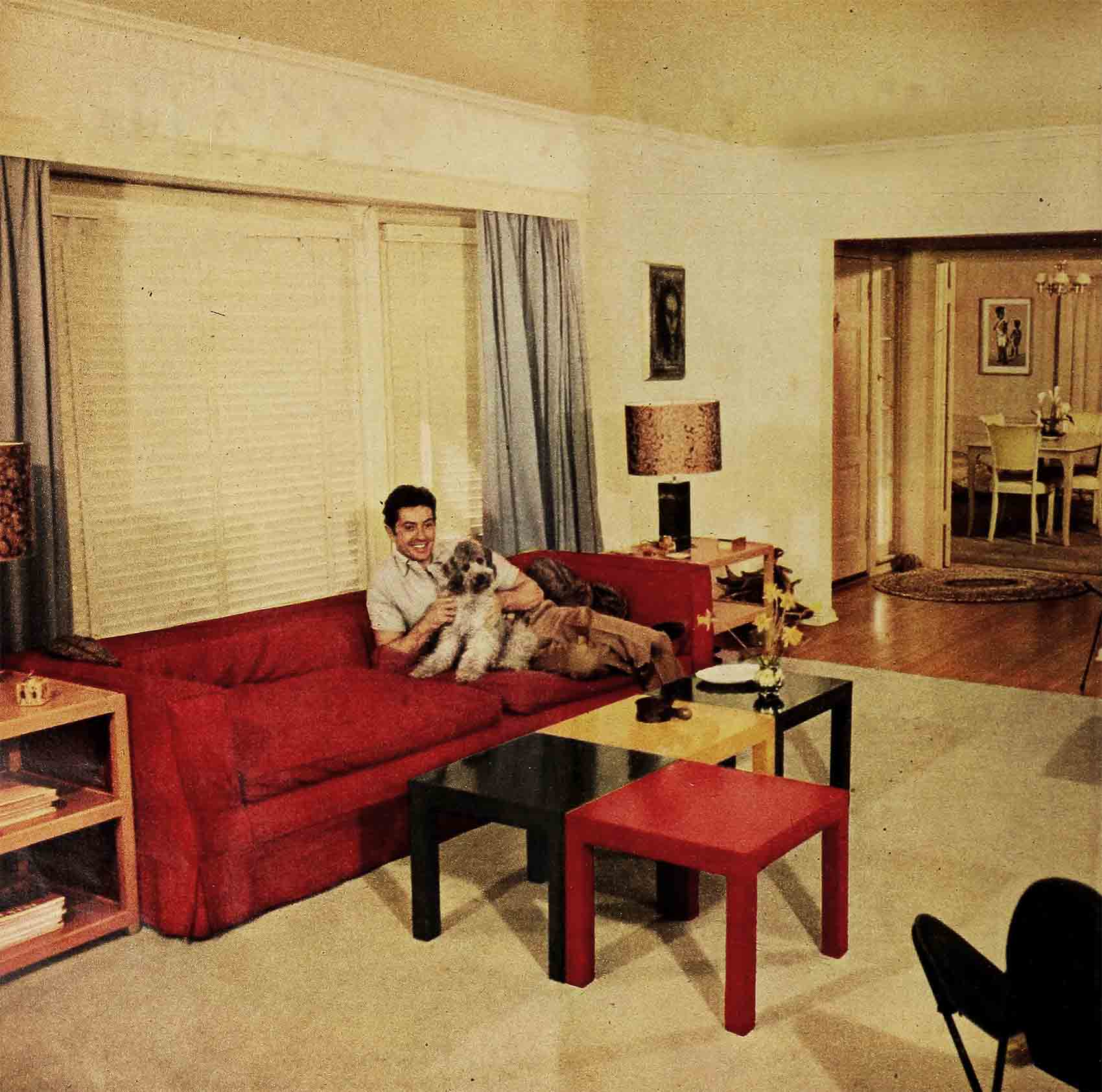
In the living room, for example, a conventional coffee table came with the house. After a few weeks, however, Farley discovered that there weren’t enough low tables to take care of his buffet-supper guests. Rather than buy one large coffee table that might fit this particular living room but no other, he had a carpenter ‘knock together four plain tables, 18 inches square and two feet high. He sprayed them with four different colors of enamel and arranged them in the form of one L-shaped table in front of the living room couch. When he builds a house of his own, which he’ll probably do when he finds a bride, he can take these little tables with him and scatter them in separate rooms throughout the house.
Similarly, when Farley needed a larger flat top desk in his den, he bought a strip of plywood and set it on top of an existing knee-hole desk. When he wanted an extra lamp table in the lanai he put one together consisting of twelve concrete bricks and a slab of plywood.
Farley is economical with a buck and has learned from experience how to cut corners when it comes to decorating a house. He’s found, for example, that you can hide offensive light brackets by covering them with stylish but inexpensive baskets. He also hides an ugly wall heater with a chunk of driftwood he picked up on the Mojave desert, and when someone burns a hole in any of his upholstery, the tell-tale signs are covered with an Indian blanket.
One girl who has dated Farley on and off, says, “It’s a little frightening how much he knows about good living and good taste. I mean, the girl who marries him will have her work cut out. Unless she’s very well-bred and very well-traveled and very well-cultured, I’m inclined to believe that shell develop a most acute inferiority complex very early in their marriage. Unless, of course, she’s content to let Farley take everything over.”
Of late, Farley has been seeing a good deal of an English actress, Dawn Addams, who was at MGM until a few months ago.
Of late, too, he’s been bitten by the bug to build his own house. He’s even picked out his architect and the location. After living in a variety of neighborhoods, ranging from Malibu to San Fernando, he’s decided that he’d like to build in the Hollywood Hills overlooking the Sunset Strip.
For an architect he’s chosen a friend and a promising disciple of Frank Lloyd Wright, a young man named Aaron Green. Architect Green lives in San Francisco and supervises the work Wright does in that area. He himself, however, has designed a number of modest homes in and around Los Angeles, and whenever he comes to town, he stays in Farley’s extra bedroom. If Farley isn’t working on that particular day, he tags along with Aaron on the various construction jobs.
“That’s the way to learn about pure design,” Granger says. “Go along with an expert who’s learned it from the greatest architect in the business. Aaron has taught me an awful lot what to want and what to look for in a house. What I want is a compact little modern house, something built out of materials in their natural state—wood, stone, glass, and so forth.”
The experience of renting different types of houses has taught Farley what he needs: one large living area with built-in sections for entertainment and dining. He also wants a well-equipped kitchen and a swimming pool. The only thing that’s holding him back from rushing into construction tomorrow is money. “I just don’t have enough dough,” he admits, “and I don’t want to get started on a house and then stop halfway. I’ve seen a number of my friends over-extend their bank accounts. Then they move into partially completed houses. I’d hate that. I’d rather not start than end up with a house that has no landscaping or just makeshift furnishings. For me it’s got to be all or nothing.”
Farley’s friends—and these include besides Shelley and Vittorio Gassmann, the Sidney Sheldons, Rocky Cooper, Dawn Addams, Leonard Bernstein, Ted Loeff, and a few others—are inclined to believe that Granger is waiting not so much for money to build as for the right female incentive.
“All he needs,” says Shelley, “is a wife. When he finds one he’ll stop talking about a house and start building a home.”
THE END
—BY MARVA PETERSON
(Farley Granger can be seen in MGM’s Story Of Three Loves.)
It is a quote. MODERN SCREEN MAGAZINE MAY 1953



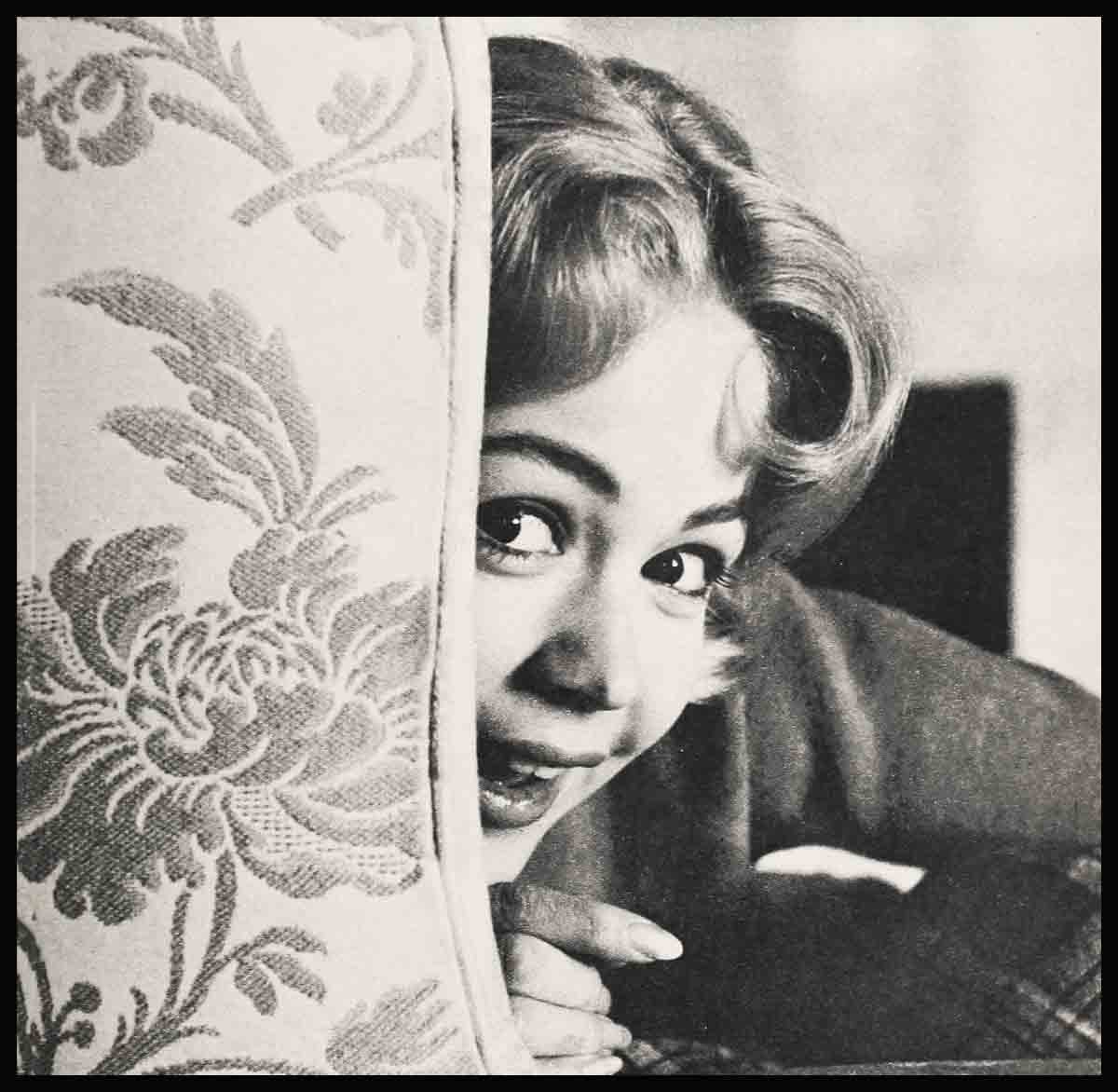
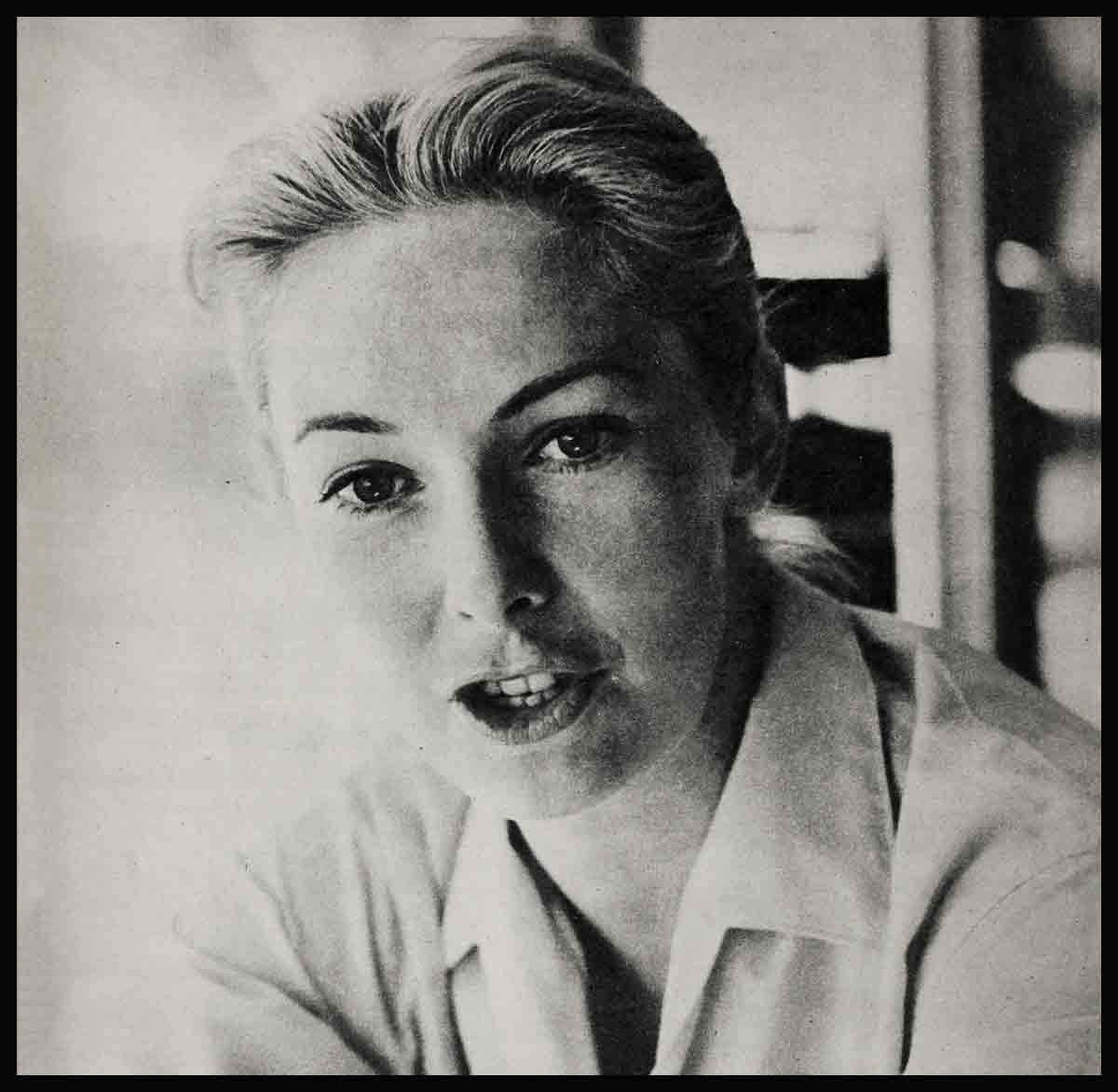
No Comments